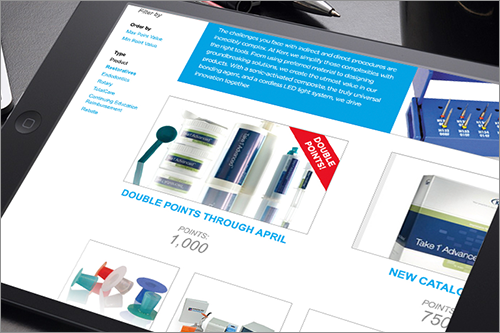Nov. 1, 2017 I Gage team
When it comes to loyalty and reward programs for dealers, there’s a basic understanding: you need to gain incremental volume within a contained reward budget. The approach for rewards must be engaging, yet flexible enough to deal with your unique situation and company structure. But, how?
1) Keep it simple
Your program must be easy to understand, requiring minimal effort to participate. To accomplish this, put robust systems in place behind the scenes. Automate processes, and provide user-friendly tools and features to make participation effortless. For example, if you are asking a loyalty program participant to register through an email message, append a unique CRM tracking code to email links, and prepopulate the details in the registration form.

